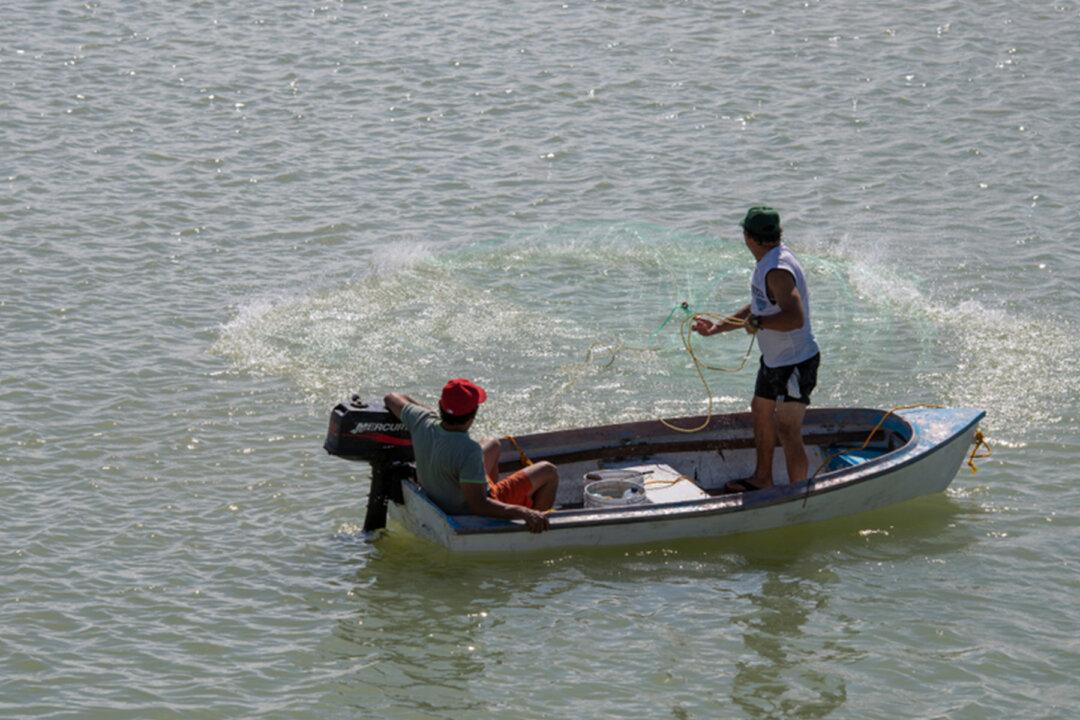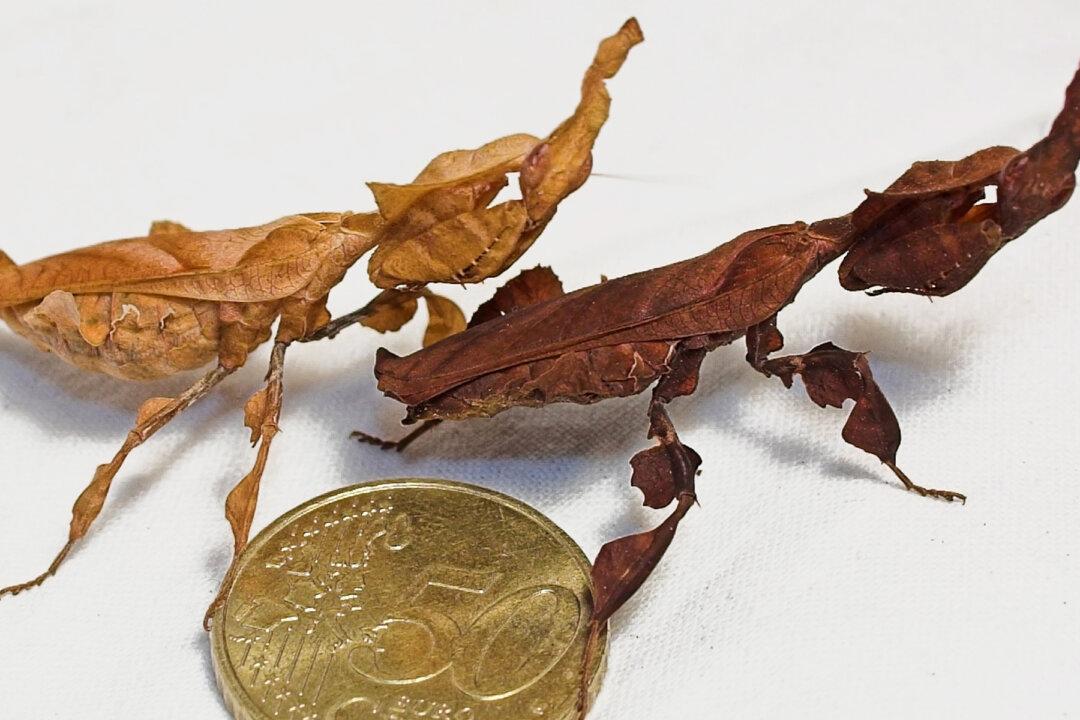When Northern Irish men Raymond McElroy and Charlie Coyle went fishing in September 2018, they didn’t pull in a big fish but rather the skull and antlers of a prehistoric giant Irish elk. The fishermen had caught the 10,500-year-old fossil in the Lough Neagh, mistaking the giant antlers for tree branches.
“I thought at first it was a bit of black oak,” McElroy told the Belfast Telegraph. “I got it into the boat and saw that it wasn’t and I knew from the antlers it was no ordinary deer.”




